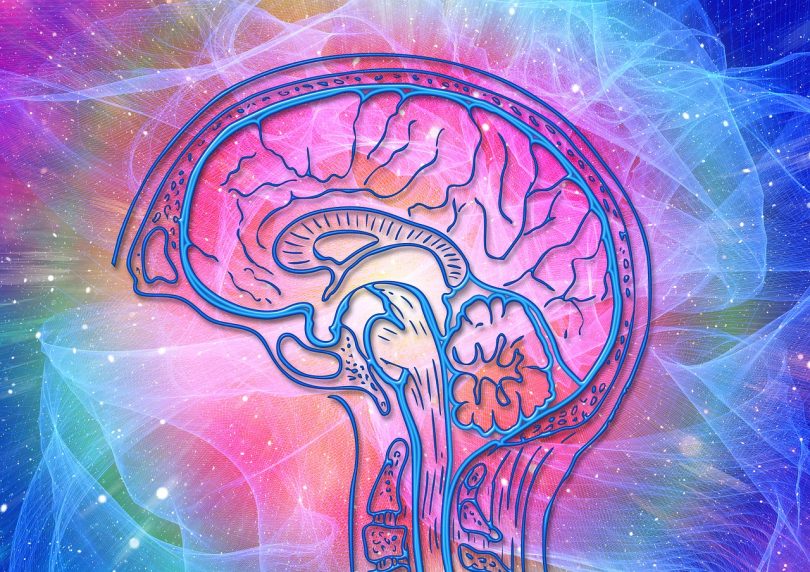What is Hypnotherapy?
The American Psychological Association describes Hypnotherapy or Hypnosis as a cooperative interaction in which you respond to the suggestions of the hypnotist.
How does Hypnotherapy work?
Hypnotherapy is usually performed by a trained therapist who utilizes visualization and verbal repetition to induce a trance-like state in which you have heightened focus and concentration; that is when your rational mind is less engaged and therefore information can get straight to your core (your subconscious) without being judged or manipulated; in this way the seed of change can be planted. Your mind is anyway always alert and, despite popular belief, no “brain-washing” is possible.
Various experiments demonstrate how Hypnosis can be used to dramatically alter perceptions and behaviours.
The experience and effects of Hypnosis can vary dramatically from one person to another. While most individuals report feeling a sense of extreme relaxation during the hypnotic state, how fast effects are obtained can vary. For some people one session is enough to give up smoking, for example, while for others it can take several sittings.
When did Hypnotherapy originate and develop?
The Ancient Egyptians, Greeks, Romans, Indians, Chinese, Persians and Sumerians studied hypnosis and used it for therapeutic purposes. This means that Hypnosis is at least 6,000 years old!
One of the most influential figures in the development of Hypnosis was Dr. Mesmer, a charismatic and somehow controversial Austrian physician in the 18th century. His technique involved passing his hands over the patient to provide a state of trance and was named “animal magnetism.” His name was immortalised in our vocabulary by the verb “mesmerise”.
One of his disciples, Armand de Puysegur, carried on his work and discovered that speaking words and direct commands a state of trance could be induced easily and noticeably faster than by “mesmeric passes”. This technique was used for many following decades by surgeons in France, England and India.
The Scottish optometrist Dr. James Braid discovered by accident that a person fixating on an object could easily reach a trance state. On publishing his findings in 1841, he named his discovery “hypnotism” based on the Greek word “Hypnos” which means “sleep”; the name was inaccurate, but yet it remained, and mesmerism became hypnotism.
After World War I, hypnosis was successfully used on soldiers suffering from psychological traumas.
Hypnosis was approved as an official tool in medicine by the British Medical Association in 1955 and by American Medical Association in 1958.
Other fathers of Hypnotherapy are M.H.Erickson, who was a psychotherapist that used metaphors, imagery, confusing statements, surprise and humour as therapeutic tools (his hypnotic method is called Ericksonian hypnosis), and William J. Bryan Jr., who was the first full time US medical practitioner of hypnosis and created the American Institute of Hypnosis.
Who can benefit from Hypnotherapy?
The following are just a few of the applications for Hypnotherapy that have been demonstrated through research:
- Behaviour changes such as quitting smoking, losing weight, phobias, stress/anxiety or preventing bed-wetting in children;
- Chronic pain conditions such as rheumatoid arthritis;
- Reduction of pain during childbirth;
- Reduction of the symptoms of dementia;
- Reduction of certain symptoms of ADHD;
- Control of pain during dental procedures;
- Elimination or reduction of skin conditions including psoriasis;
- Alleviation of symptoms associated with irritable bowel syndrome (IBS).
Why use Hypnotherapy?
There are five key reasons to use Hypnotherapy:
- It works,
- It works fast and certainly faster than many other therapies,
- It’s versatile and can help with many conditions of physical, psychological, emotional and behavioural nature,
- It’s safe,
- It’s natural and doesn’t require taking drugs.



